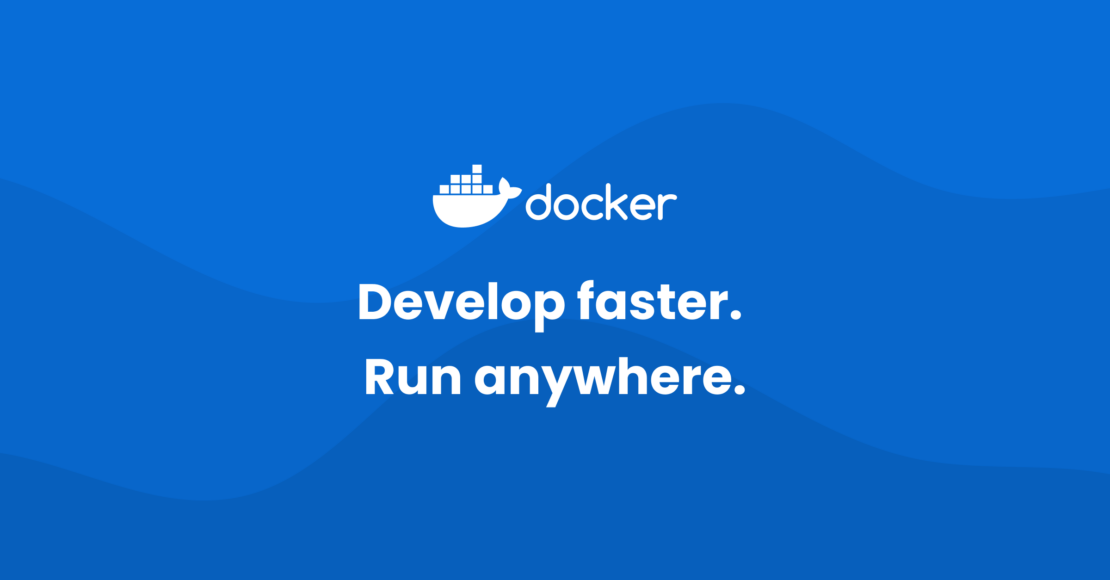Docker Notes: Simplifying Development with Containerization
 Griffin Annshual
Griffin Annshual
Problem Statement ❓
In today's software development landscape, ensuring consistent environments across different setups can be challenging. Developers often work in diverse local environments, making it difficult to maintain consistency. Here's where Docker comes into play.
Why Docker?
Docker provides a solution to the problem of environment replication. By encapsulating applications and their dependencies into containers, Docker ensures that the same environment can be replicated across various platforms seamlessly.
Running Ubuntu Image in a Container
To illustrate how Docker works, let's start with a simple example of running an Ubuntu image in a container:
docker run -it ubuntu
Just like code runs in an editor, an image runs in a container. The container serves as an isolated environment, similar to an operating system.
Understanding Docker Components
Image: Represents the operating system or environment.
Container: Provides an isolated instance of the image.
Notably, the same image can run in multiple containers, each with its own distinct data.
Benefits of Docker and Containerization
Docker and containerization offer several advantages, including:
Simplified environment management
Seamless deployment across different environments
Efficient resource utilization through containerization
Easy scalability and portability
Port Mapping in Docker
Port mapping in Docker allows you to expose ports present inside the container to external ports of the host machine. For example:
docker run -it -e key=value ubuntu
Dockerization of Applications
Dockerization involves packaging applications into Docker containers for easy deployment and management.
Dockerfile and Layer Caching
A Dockerfile is used to define the steps needed to build a Docker image. Layer caching in Dockerfile optimizes the build process by reusing cached layers, thus saving time and resources.
Publishing Images to Docker Hub
Docker Hub serves as a repository for Docker images. You can publish your Docker images to Docker Hub using the docker build and docker push commands.
Docker Compose for Orchestration
Docker Compose is a tool for defining and running multi-container Docker applications. It simplifies the process of managing complex deployments by defining services and their dependencies in a single YAML file.
In conclusion, Docker and containerization revolutionize software development by providing a standardized and efficient approach to environment management and application deployment.
Subscribe to my newsletter
Read articles from Griffin Annshual directly inside your inbox. Subscribe to the newsletter, and don't miss out.
Written by

Griffin Annshual
Griffin Annshual
I am a self-motivated tech blogger having a passion for web development and AI-Ml. A Blog Evey Week!